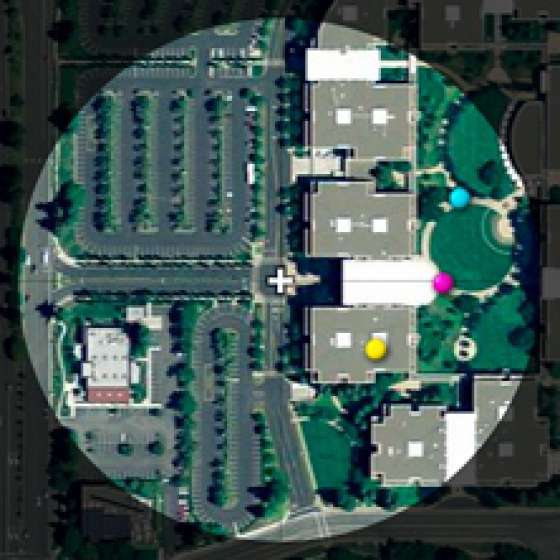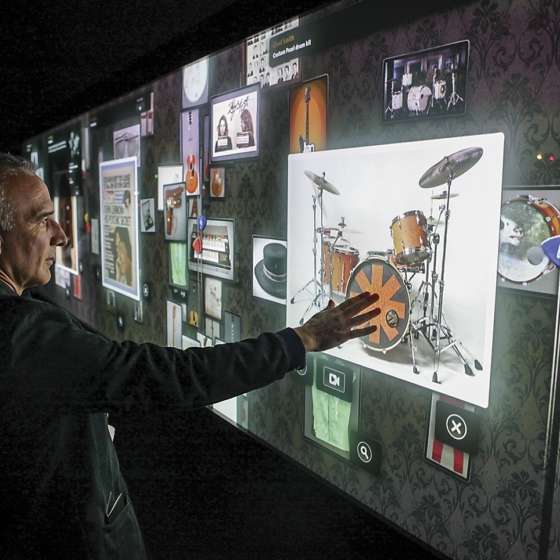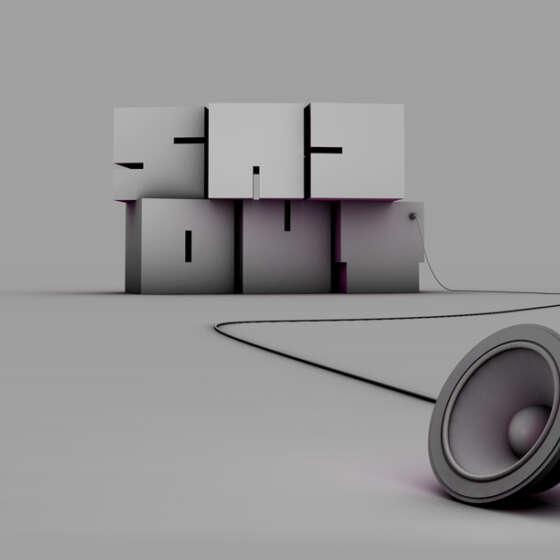Anaspace is a vehicle for capturing and sharing personal or collective experiences. Beyond a searchable content library or database, Anaspace is a tool which mimics some of the fundamental methods of memory and associative experience management. By focusing on the senses of vision and sound, while maintaining orientation though geographic and time-based references, an organic realism begins to unfold.
Anaspace
The Anaspace container is suited for a variety of media types including; images, sounds, writing, video, web links, messages and more. Media types overlap and connect – similar to real life.
At the heart of Anaspace is the relationEngine – a relational database that utilizes the Dewey Decimal system as its core hierarchical information structure. By using the DD system, a vast predefined set of relational data is immediately available. The relationEngine creates its own customized DD structure based on the media and keywords used.
Anaspace provides 5 modes for browsing content; search, location, subject, time, and sound.
Search A search query allows the user to quickly find specific content. The search takes advantage of the Dewey Decimal structure by displaying content that may appear within a subject branch. The results are given as text and icons.
Location Browsing content by location allows the user to become geographically oriented to the content. Initially, custom maps are created to a reasonable resolution (state level for now), but users can add custom maps to achieve any resolution. Ideally a partnership would be formed with an on-the-fly satellite or map service such as globeXplorer, which would allow a fine resolution virtually anywhere on the planet. Content can be active at any map resolution and can be positioned and oriented to achieve an accurate recreation of the origin.
Subject Browsing by subject is the most powerful and dynamic method. A two-dimensional grid displays thumbnails in 4 rows, 5 across. Each row represents a keyword associated to the current content item. The columns display relevance with more relevant to the left. The power comes in the ability to adjust the relational range of each keyword row. By widening the relational range, the numeric proximity within the Dewey Decimal tree is widened, thus introducing more distant relations. Due to the nature of the DD tree being an organically evolved system, the results are often unexpected and intriguing.
Time The user is able to navigate along a timeline throughout the history of the global content in a linear time based manner. The timeline resolution can be easily modified to any resolution, from millennium to minute. Seven thumbnails are displayed along the bottom of the window. The center thumbnail represents the closest match to the current content, to the left moves into the past and to the right moves into the future. A secondary timeline displays a 24 hour range, which allows the user to constrain the time of day between two given hours.
Sound Each piece of content can potentially have an associated soundtrack. The sound window includes a 5 channel audio mixer – 4 ambient channels (environments, urban, spoken and abstract) and 1 rhythmic channel. Each channel has volume and balance controls and can be set individually. Soundtracks can be either set by the content author or dynamically chosen through an automatic ‘voting’ process, which determines the dominant sound for each channel. Seven thumbnails are displayed along the bottom of the window. Browsing by sound matches the current content item’s sound settings to the sound settings of the seven closest content items.




















